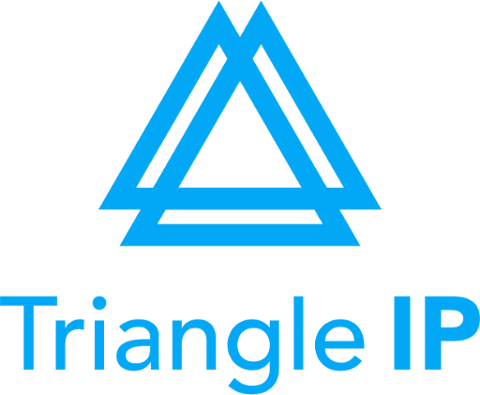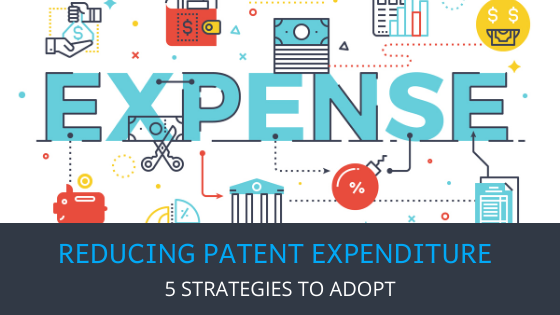“Reduce Patent Expenditure”: Have we read your mind?
The on-going pandemic has drastically affected the availability of resources for discretionary expenses such as patents. It is of no surprise that many companies are proactively looking to conserve cash by pruning their patent portfolio.
So, what are some of the strategies that companies can opt to reduce their patent expenditure?
The following points aim to highlight the plausible ways:
Trade Secret
Patents are intangible assets, and so are trade secrets that enjoy legal protection from misappropriation.
The caveat here is that if a trade secret holder fails to maintain secrecy or:
- if the information is independently discovered,
- becomes released, or
- becomes known in the general course of business,
then the protection of a trade secret is lost.
Nevertheless, here is how the Courts can enforce trade secrets in misappropriation cases:
1. By ordering maintenance of secrecy.
2. Payment of royalty to the owner.
Watch Webinar: How to manage your prosecution in the Covid environment?

Defensive Publication
Patents are expensive, defensive publication is a good alternative. You can curtail or defer expenses relating to patents by using the defensive publication to your advantage.
The defensive publication refers to the publishing of a technical disclosure of your idea in the public domain. This disclosure prevents competitors from obtaining a patent.
The reason behind the popularity of defensive publication is its cost-effective nature over patents.

Provisional Patents
Unlike a utility patent, a provisional patent is not reviewed by the USPTO.
A provisional patent acts as a reservation for the invention until an investor is willing to file a utility patent. However, the follow-up utility patent application needs to be filed within a year.
Thus, filing a provisional patent allows a company to defer patent expenses for a period of less than a year. In this period you can continue to conduct more research into the market viability of the patent. This interim period is ideal for further exploring ways to control patent costs without compromising quality. You can also use this time to refine the patent product/process itself.
Also Read: Everything You Should Know About USPTO Patent Center
Curtail Overseas Spends
Patents are an expensive proposition, more so in foreign countries where patent applications stretch out over a year or sometimes more.
Furthermore, the patent protection regime in such countries may not be conducive to patent filing as enforceability is often lax.
Therefore, companies should reconsider their non-strategic patent spends and weed out jurisdictions after undertaking a cost-benefit analysis of obtaining a patent in that particular country.
Continuations
A continuation patent application is an extension of the existing patent application. The continuation patent application increases the scope of patent protection from multiple perspectives.
However, continuations are expensive to file. Since they are “designed” around an existing patent, it only serves to enhance coverage of an existing patent.
To conserve cash, companies can either forego filing continuations or defer them.
Other Strategies
Here are a few more high-level strategies that will ensure the optimization of patent spends for companies:
Ask Questions
Companies or clients should regularly question their patent attorney to gauge the timeframe as to:
- when a patent will be issued,
- what are the chances of getting a patent,
- how best to curtail patent spend, etc.
Align Corporate Strategy
Often, patents are pursued with the sole intention of ensuring the protection of an invention rather than a monetizable invention.
Hence, in the prevailing scenario of depleting cash reserves, it is prudent to pursue patent applications of those inventions which:
- align with the overall corporate strategy
- or are expected to provide for economic benefits.
License to Litigate
Patents are a means to litigate. They provide for the legal protection of your inventions. In cases of infringement, the Court can award damages, court costs, and reasonable attorneys’ fees. Hence, it is a wise notion to pursue a strategy only for patents that are litigate-able.
Let’s Sum It Up
The COVID pandemic has thrown corporate strategies as well as financial forecasts for a toss. It is the all-hands-on-deck mode to conserve cash. It is widely acknowledged that patents, albeit extremely critical to the success of a company, incur exponential costs.
Companies can rationalize their patent expenditure over the short-term and medium-term by aligning it with the overall business objectives. Companies can also opt for ways to postpone filing a patent application.
Hope the insights presented in the post shall help you reduce patent expenditure.
Note: The preceding is general business advice and not to be construed as legal advice. IP laws vary by country and retaining licensed legal counsel is advised to confirm this information. Any expressed or implied opinions are of the author and do not necessarily reflect the views of Triangle IP or any other entity who might be associated with the presenter. We hope this content is helpful to you, but should not be relied upon without confirming the advice and accuracy with local legal counsel. Any comments or inquiries are not confidential so please discuss your issues directly with counsel.





